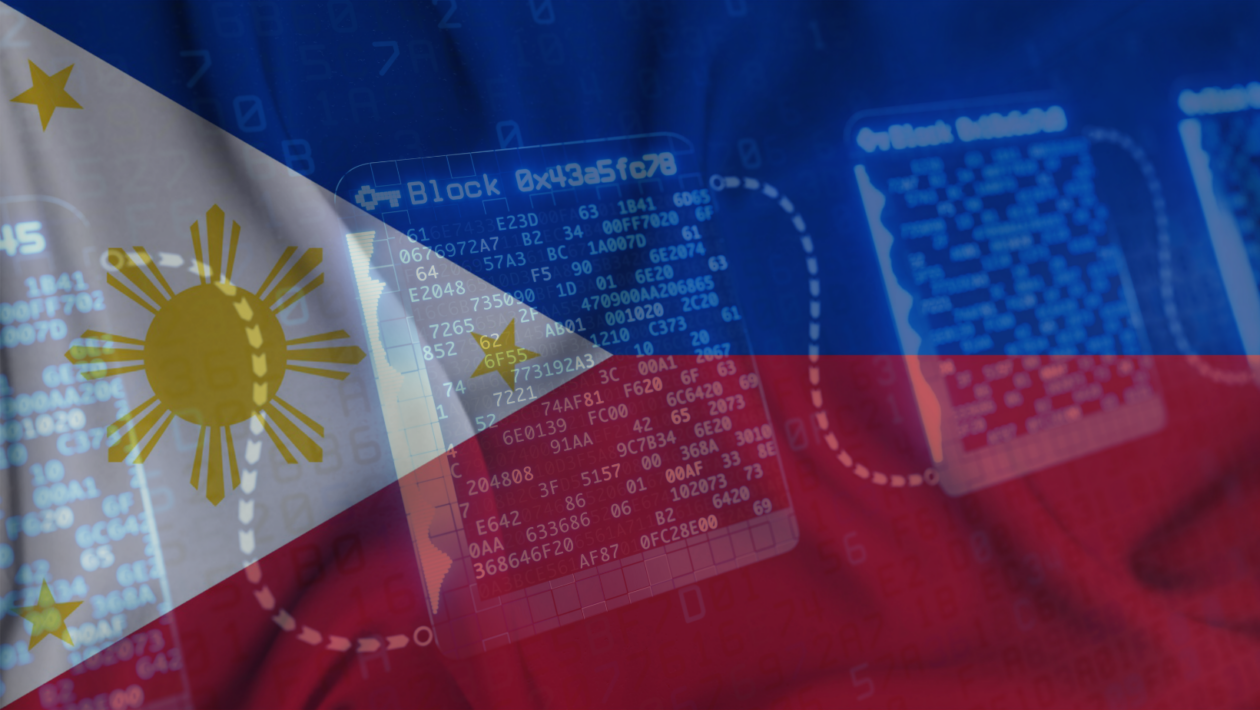The Philippines has finally moved blockchain to the top of its policy agenda. The country’s central bank has seen a massive increase in crypto adoption over the past few years due to the Covid-19 pandemic.
The long isolation period exposed the Philippines’ growing middle class and tech-savvy millennials to the concept of digital tokens through popular blockchain-based games such as Axie Infinity. At one point, 40% of players of the game, which generated US$1.3 billion in revenues last year, were reportedly based in the Philippines.
Likewise, Bitcoin trading volumes hit new highs on some peer-to-peer crypto exchanges in July this year. The volume of cryptocurrency transactions grew 362% year-on-year to nearly 20 million in the first half of 2021. These transactions were worth P105.93 billion, or about US$1.82 billion.
The Philippines also now ranks second in Chainalysis’ Global Crypto Adoption Index 2022 — behind Vietnam and ahead of Ukraine, India and the United States. According to Chainalysis, the index is a “measure where the most people are putting the biggest share of their money into cryptocurrency…. the countries where individual, non-professional investors are embracing digital assets the most.”
In response to the Philippines’ growing embrace of crypto, the Banko Sentral ng Pilipinas (BSP) announced that it would launch a wholesale central bank digital currency (CBDC) project slated for the last quarter of 2022, stating that crypto may have the potential to improve domestic and cross-border payments and might help boost the country’s recovery from the ongoing crisis. This is in line with its goal of converting 50% of payments into digital by 2023.
The BSP has also begun collaborating with solutions providers to properly monitor and track financial institutions that are utilizing blockchain and cryptocurrency in their business, which signals the growing acceptance of blockchain technology in finance and so as the demand for building a better framework.
Blockchain advocates also welcomed President Ferdinand Marcos Jr.’s announcement during his annual address, where he emphasized the need to adopt emerging technologies that could eventually pave for crypto adoption to expand further soon.
But the path ahead for blockchain and crypto in the Philippines is not entirely clear. Regulators, legislators and market participants have expressed opposing views. Consensus remains elusive and may remain so until the impact of blockchain and crypto innovation are better understood.
Regulators in the Philippines still consider cryptocurrencies virtual assets rather than legal tender. Starting this month, the BSP has also imposed a moratorium on new virtual asset provider license applications that will last for three years. It’s understandable that the BSP wants to protect the public by making sure that the crypto companies operating in the Philippines are all licensed, but if this continues without proper regulatory clarity, the Philippines could lose future projects as companies and investors turn to other, more crypto industry-friendly nations.
Despite these hurdles, the Philippines is on its way to becoming a new blockchain hub because of the strong support from Filipinos and major companies taking the leap and adapting to the technology.
We are seeing some of our legislators proposing to have a technical working group to work on the taxation of both cryptocurrencies and NFTs (non-fungible tokens). We are also looking at the Bataan initiative, wherein they are spearheading it to be the local crypto zone.
Another sign that Philippine authorities are trying to welcome crypto more is the project to make the Philippines’ Cagayan Valley the “Crypto Valley of Asia” via a US$100 million plan to establish a hub for fintech and crypto-related ventures in the region. The project aims to mimic Zug in Switzerland, the birthplace of Ethereum and home to around 200 blockchain companies. Crypto Valley is known for its encouragement of cryptocurrency, even allowing blockchain-based e-voting for Swiss elections.
In spite of the bearish market, we’re seeing a lot of events and projects happening or are about to happen this year. However, there is a gap that needs to be filled to straighten out the path to financial sovereignty and opportunity for everyone.
A holistic approach to targeting a crypto-enabling environment and achieving these hubs is to address the challenge of blockchain: education. Key players must step up their gameplay in educating people around, including developers and those who would be the champions in pushing this within government in the near future.
Collaboration is also crucial in validating that blockchain and Web3 are promoted in the right manner. Big and small industry players must always keep each other in check to make sure that real-world solutions are being provided.
To address the knowledge gap in this space, crypto and blockchain advocates are now teaching the ins and outs of digital assets and blockchain in the Philippines’ regional languages to help increase financial literacy and protect people against scams.
But ultimately, the key to building up the Philippines as Asia’s next blockchain hub will lie in an agile and forward-looking regulatory framework that focuses on ensuring a more level playing field with regard to financial services provided by established financial institutions and startups in the emerging system. The seeds have been planted, but no seed will become a tree and bear fruit in just a few days. As we wait for better weather, transparency and free flow of information will be necessary to ensure innovation, growth and security.





